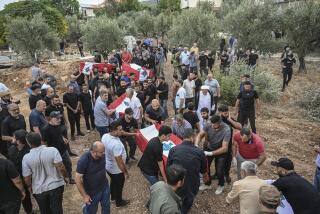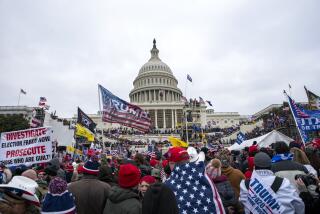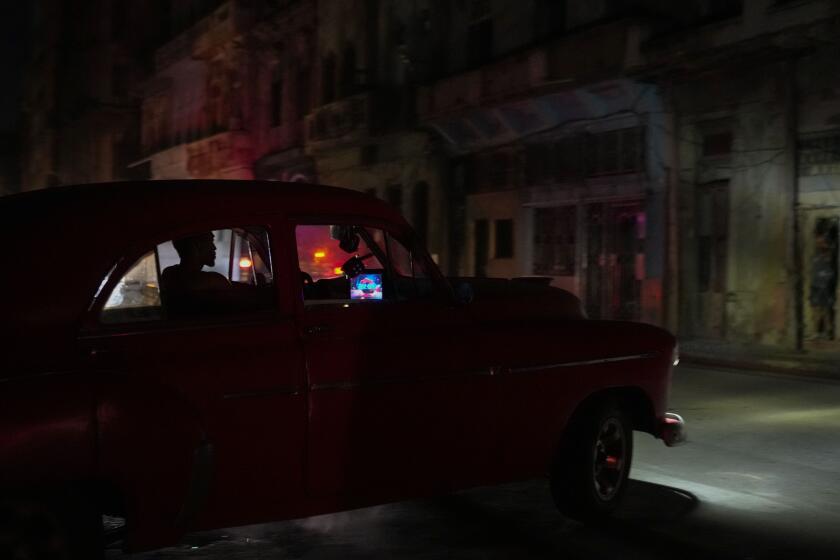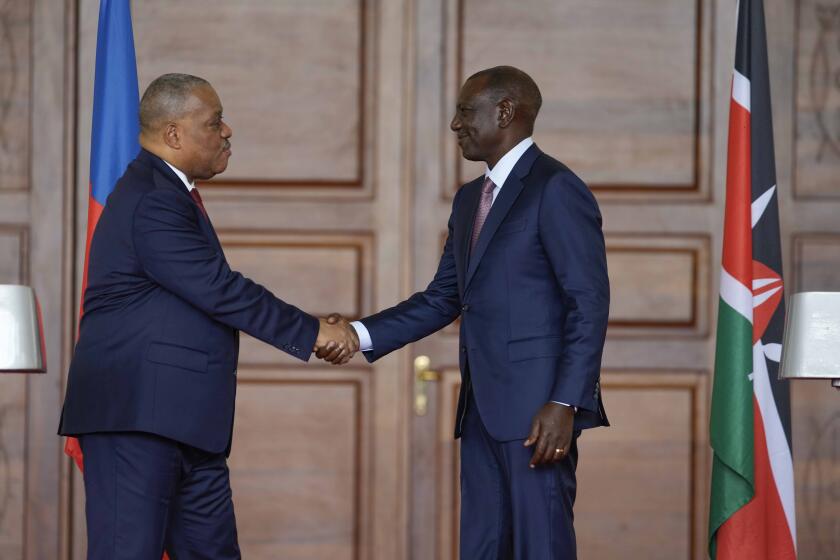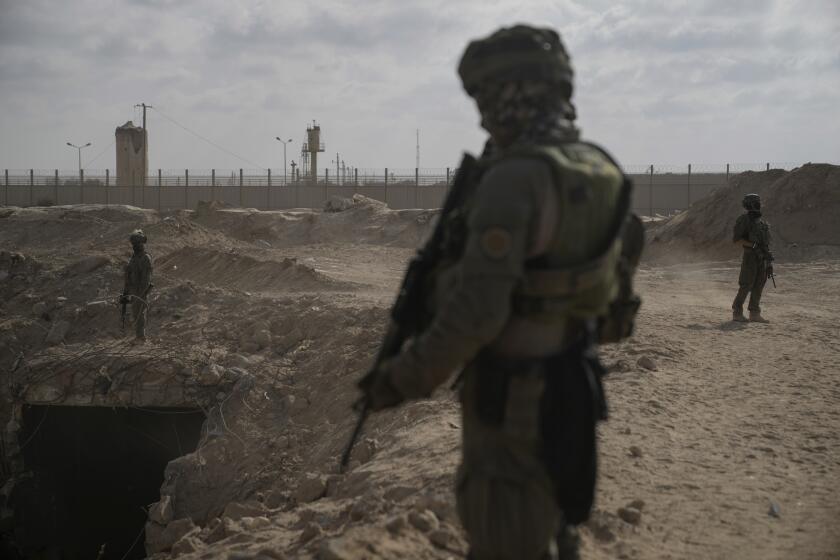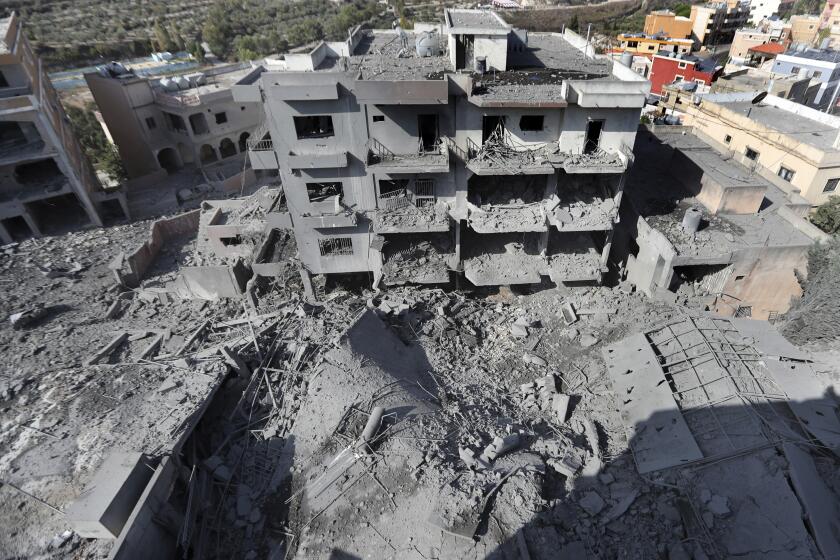U.S. Flies In Hondurans as New Fighting Is Reported : Sandinistas Moving Up, U.S. Says
American-piloted helicopters airlifted Honduran troops today to fighting between anti-Sandinista rebels and a Nicaraguan government invasion force backed by artillery, gunships and reinforcements, U.S. officials said.
White House spokesman Larry Speakes said an undisclosed number of Nicaraguan troops remained in Honduras after a weekend border crossing, with as many as 300 trapped inside the country.
He also reported “significant movement” toward the common border by more troops of the Marxist-led Sandinista regime in Nicaragua, as well as fire from artillery, BM-21 multiple rocket launchers and Soviet-made MI-8 gunships into Honduras.
“There are a number of Sandinista units at the border,” Speakes said. “Others are en route to the border.”
“The situation has not stabilized,” he said. “It is premature to draw any conclusion that the military situation in the region is over.”
In Managua, the Nicaraguan government said the United States is trying to “create an artificial conflict” between Honduras and Nicaragua to justify $100 million in aid to the contra rebels being considered in Congress.
President on Vacation
And in Honduras, officials said President Jose Azcona Hoyo, also chief of the armed forces, had left for a five-day Caribbean coast vacation. A government spokesman, although confirming the weekend incursion took place after initial denials, said it “is not in any way a large-scale invasion.”
One U.S. official attributed the earlier denials to the fact that the Hondurans are “uneasy” about the U.S. military presence there and nervous about acknowledging that their territory is used by the contras.
To add credence to U.S. charges of Sandinista aggression, the White House released a letter, received Tuesday, in which Azcona told President Reagan that the Nicaraguans had entered eastern Honduras “in flagrant abuse of our sovereignty” and appealed for military assistance.
“The area invaded by Sandinista forces is very inaccessible, making it virtually impossible for the Honduran armed forces to deploy to the region quickly,” Azcona said.
As part of the emergency military assistance ordered by Reagan--up to $20 million worth--Speakes said U.S. Chinook and Huey helicopters, piloted by some of the 2,800 American troops stationed there, began ferrying Honduran troops to the area of the fighting today.
U.S. officials expected 50 to 60 sorties throughout the day.
“Our helicopters are not in any way being exposed to the imminent conflict,” Speakes said.
Pentagon spokesman Robert Sims said the Honduran troops were flown to “a destination short of the fighting.” Speakes stressed that their American crews are being kept “a good distance--a matter of miles” from the actual fighting.
A Pentagon source said 12 Hueys and six Chinooks--part of Task Force Bravo, which has overseen U.S.-Honduran exercises conducted almost continuously over the last three years--were used in the airlift.
U.S. officials said the Sandinistas crossed the border in four separate assaults Saturday and drove up to 13 miles into Honduras in pursuit of contra training and medical facilities. It was the largest such incursion since 1982, the officials said.
With information sketchy and at times contradictory, Speakes said Nicaraguan forces “in addition to” those had occupied the area of San Andres de Bocay, farther east.
As many as 300 members of the original invasion force “are blocked in Honduras and unable to extricate themselves from the engagement,” while others “appear to be attempting to disengage and withdraw back into Nicaragua,” Speakes said.
More to Read
Sign up for Essential California
The most important California stories and recommendations in your inbox every morning.
You may occasionally receive promotional content from the Los Angeles Times.

